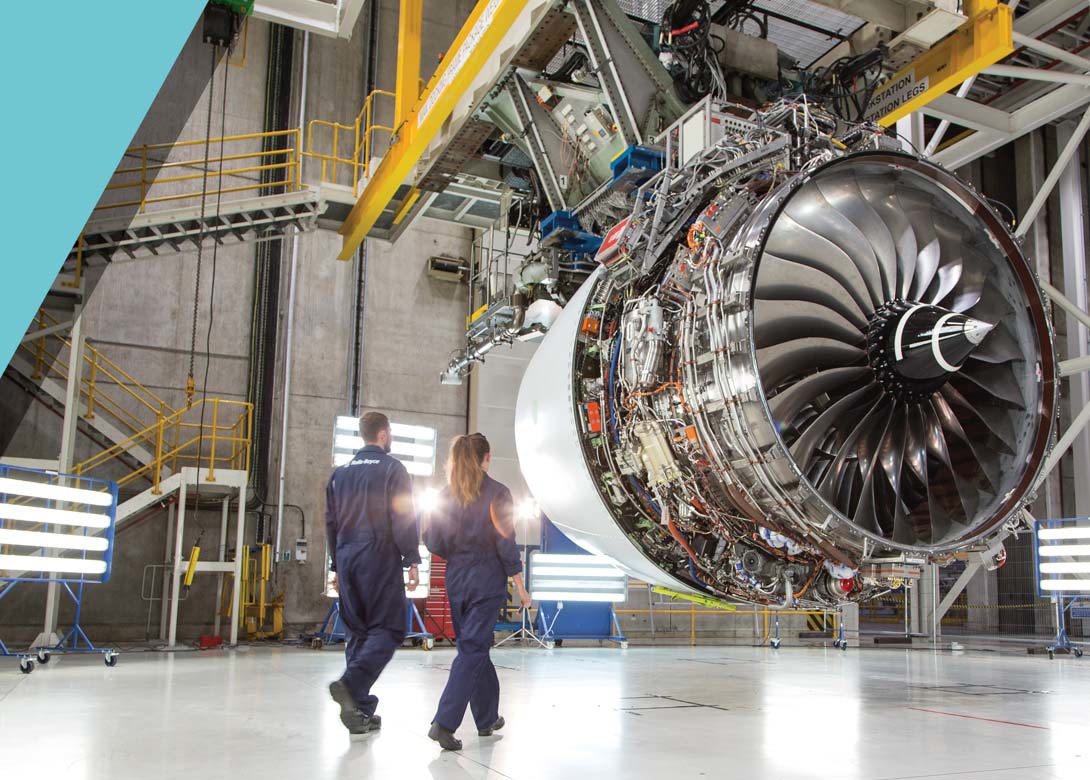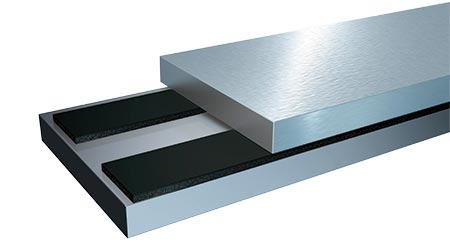

Metal has a high surface energy (HSE) that makes it easy for an adhesive to bond to. It is also smooth, which means double-sided tapes with any type of carrier can be used, increasing the choice of the most suitable tape for the intended application.
To ensure an optimum bond is achieved there are some initial considerations to take into account. Firstly, as metals often come with a thin film of milling oil it is essential that this is removed and that the surface is clean, dry and free of any contaminants. Secondly, it is preferable for tape to be applied at around 18°C - 22°C. The substrates to be bonded should ideally be at the same temperature. For example if they have been stored in a warehouse overnight during the winter, it is advisable to allow them to warm up and let any moisture evaporate. This is because if either the tape or substrates are cold, this affects the ability of an adhesive to ‘wet-out’ - i.e. spread out evenly on the surface. Finally, firm and even pressure needs to be applied across the tape to activate the adhesive. Rollers from tesa aid this process and this is typically all that it is required.
The advantages of using double-sided tapes include:
• Double-sided tapes provide a very good initial bond – often enough to allow movement of the bonded part to the next production stage. Depending on the type of adhesive, maximum bond strength is typically realised within 3 days.
• No curing time is required, as is the case with wet glues.
• They are ‘clean’, i.e. there is no oozing of adhesive at the edge of a joint. This means there is no contamination and no additional cleaning required.
• There is no need for protective equipment to be worn, as is the case with welding.
• Tapes offer equal distribution of stress across the whole of the bond area. This is in direct contrast to traditional means of bonding metals using screws, bolts and riveting which can potentially lead to localised weak points and even damage the metal surface, leaving it vulnerable to corrosion.

Having spent a decade in the fastener industry experiencing every facet – from steel mills, fastener manufacturers, wholesalers, distributors, as well as machinery builders and plating + coating companies, Claire has developed an in-depth knowledge of all things fasteners.
Alongside visiting numerous companies, exhibitions and conferences around the world, Claire has also interviewed high profile figures – focusing on key topics impacting the sector and making sure readers stay up to date with the latest developments within the industry.
Don't have an account? Sign Up
Signing up to FastFixTechnology.com enables you to manage your account details.